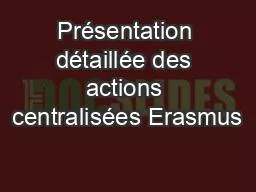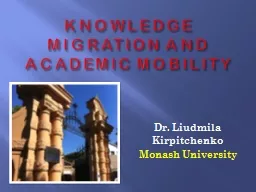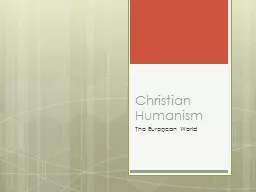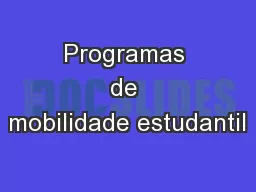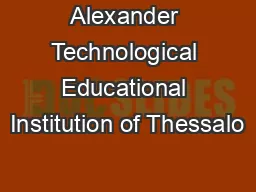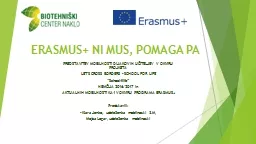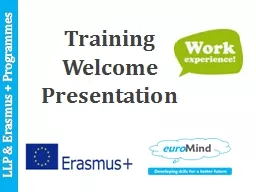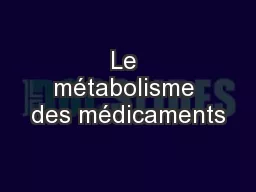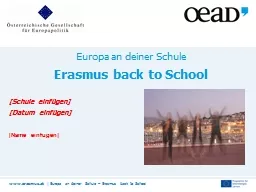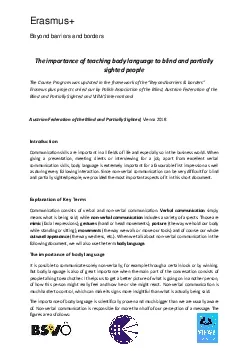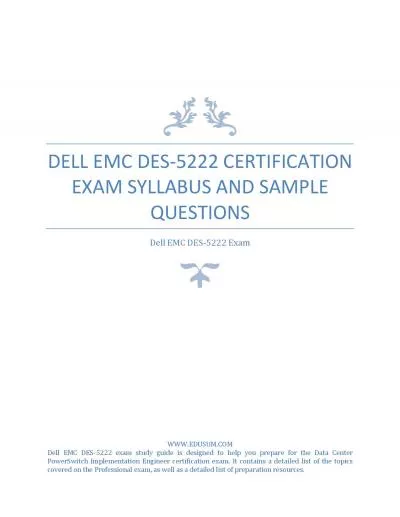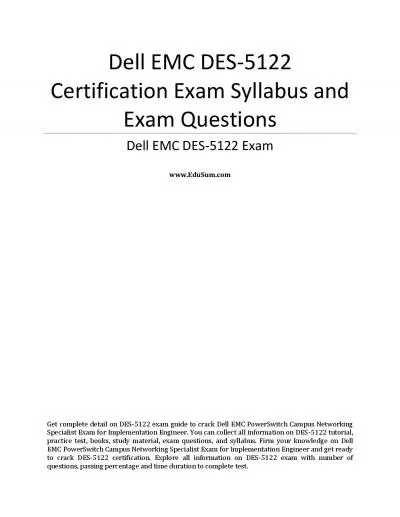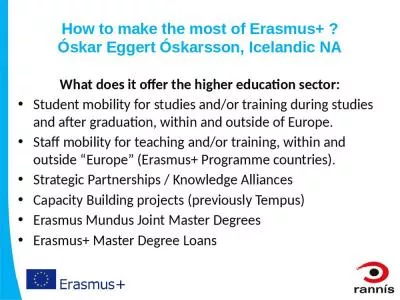PPT-Présentation détaillée des actions centralisées Erasmus
Author : asmurgas | Published Date : 2020-08-07
Endika Bengoetxea Commission européenne DG Education et Culture Katia de Sousa Agence Exécutive Education Audiovisuel amp Culture 5 décembre 2011 Paris
Presentation Embed Code
Download Presentation
Download Presentation The PPT/PDF document "Présentation détaillée des actions ce..." is the property of its rightful owner. Permission is granted to download and print the materials on this website for personal, non-commercial use only, and to display it on your personal computer provided you do not modify the materials and that you retain all copyright notices contained in the materials. By downloading content from our website, you accept the terms of this agreement.
Présentation détaillée des actions centralisées Erasmus: Transcript
Download Rules Of Document
"Présentation détaillée des actions centralisées Erasmus"The content belongs to its owner. You may download and print it for personal use, without modification, and keep all copyright notices. By downloading, you agree to these terms.
Related Documents

